Learn Blockchain
What are the classifications of blockchain? Guide you to quickly understand blockchain in a simple and easy to understand way!
The concept of blockchain has been popular among various investors and enterprises since the appreciation of digital currencies such as Bitcoin and Ethereum. Currently, blockchain technology is not only applied to cryptocurrencies, but also to various fields such as medicine and logistics. So, do you know the classification of blockchain and what constitutes blockchain?
What are the classifications of blockchain?
According to the different designs and applications of blockchain, it can be divided into the following categories:
1. Public Blockchain: Public means completely open to the outside world, anyone can use it freely without permission settings. Anyone in the world can join the network, participate in consensus algorithms, and view and verify all transactions and data. Bitcoin and Ethereum are examples of public blockchains.
2. Private blockchain: It is a concept opposite to public blockchain, which means it is not open to the public. This type of blockchain has restrictions on participant access, and only authorized nodes can participate in the consensus process and access data. Private blockchain is typically jointly managed and used by enterprises, organizations, or partners for specific purposes and business needs.
3. Consortium Blockchain: Consortium blockchain is a special type of private blockchain composed of a set of known nodes, typically within a consortium or organization. These nodes jointly participate in consensus algorithms and verify transactions, share data and resources, and the number and status of nodes are controllable. Therefore, in a private chain environment, there is generally no need to screen the packagers of block data through competition, and a more energy-efficient and environmentally friendly approach can be adopted. Alliance blockchain is more suitable for scenarios where multiple organizations collaborate and share information.
4. Edgechain: Edgechain is a blockchain network that can run on edge devices. These devices can be IoT devices, sensors, smartphones, etc. Edge chains can improve data privacy and security, and reduce communication latency with centralized networks.
5. Centralized Blockchain: In contrast to decentralized public blockchains, centralized blockchains are managed and controlled by central institutions or organizations. This blockchain design is simple and easy to manage, but it may bring trust and security issues.
What is the composition of blockchain?
The composition structure of blockchain can usually be divided into the following four levels:
1. Application service layer: The top layer is the application service layer, which builds various applications and solutions based on blockchain technology. In this layer, various application services such as digital currency transactions, supply chain traceability, identity authentication, and IoT applications can be implemented. The application service layer is the most direct application form of blockchain technology, which combines blockchain technology with actual business scenarios to provide users with specific application value.
2. Extension layer: The extension layer provides more advanced functions and capabilities for the blockchain system. In this layer, various extension functions can be implemented, such as privacy protection, cross chain interoperability, smart contract execution, etc. The development and innovation of extension layers not only enhance the performance and functionality of blockchain systems, but also provide more application scenarios for various industries.
3. Intermediate protocol layer: On top of the base layer network, the intermediate protocol layer provides some basic protocols and standards to facilitate data exchange and consensus between different nodes. This layer includes consensus algorithms (such as Proof of Work or Proof of Stake), blockchain data structures (such as Merkle trees), and blockchain sharing rules.
4. Basic layer network: This layer is the foundation of the blockchain system, including the underlying network architecture, data transmission, and node communication protocols. The basic layer network provides connections and data transmission functions between nodes, ensuring the distributed and decentralized nature of blockchain.
It should be noted that although blockchain technology has potential applications in many fields, there are still some challenges, such as scalability, energy consumption, and legal regulations. In addition, the application of blockchain also needs to be designed and customized according to the specific needs of different scenarios to fully leverage its advantages.





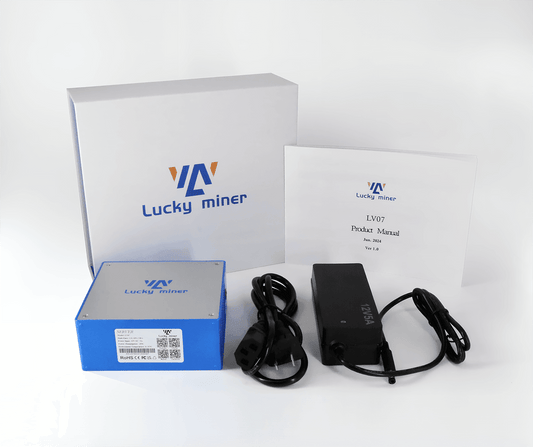
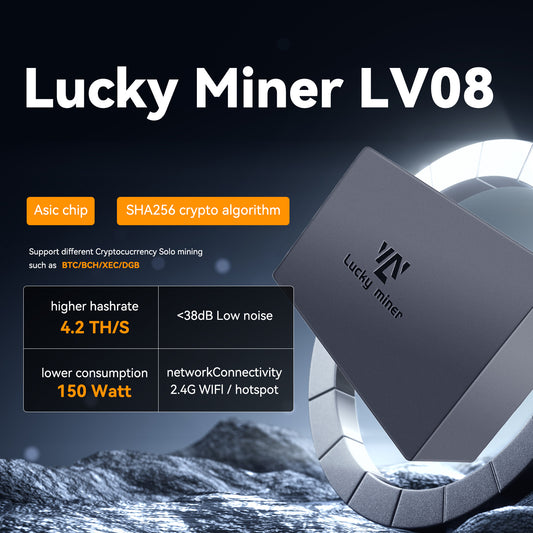
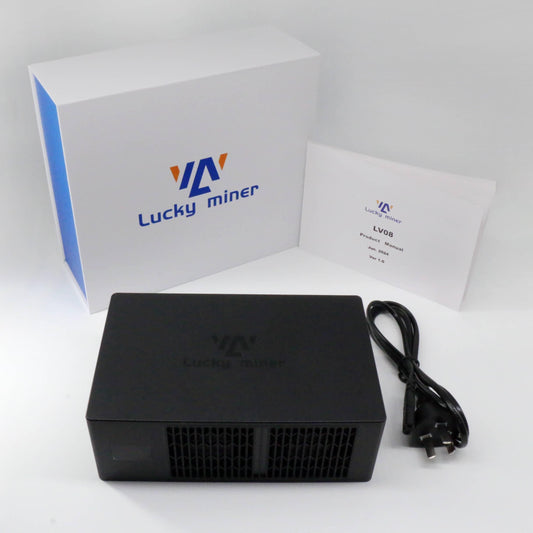


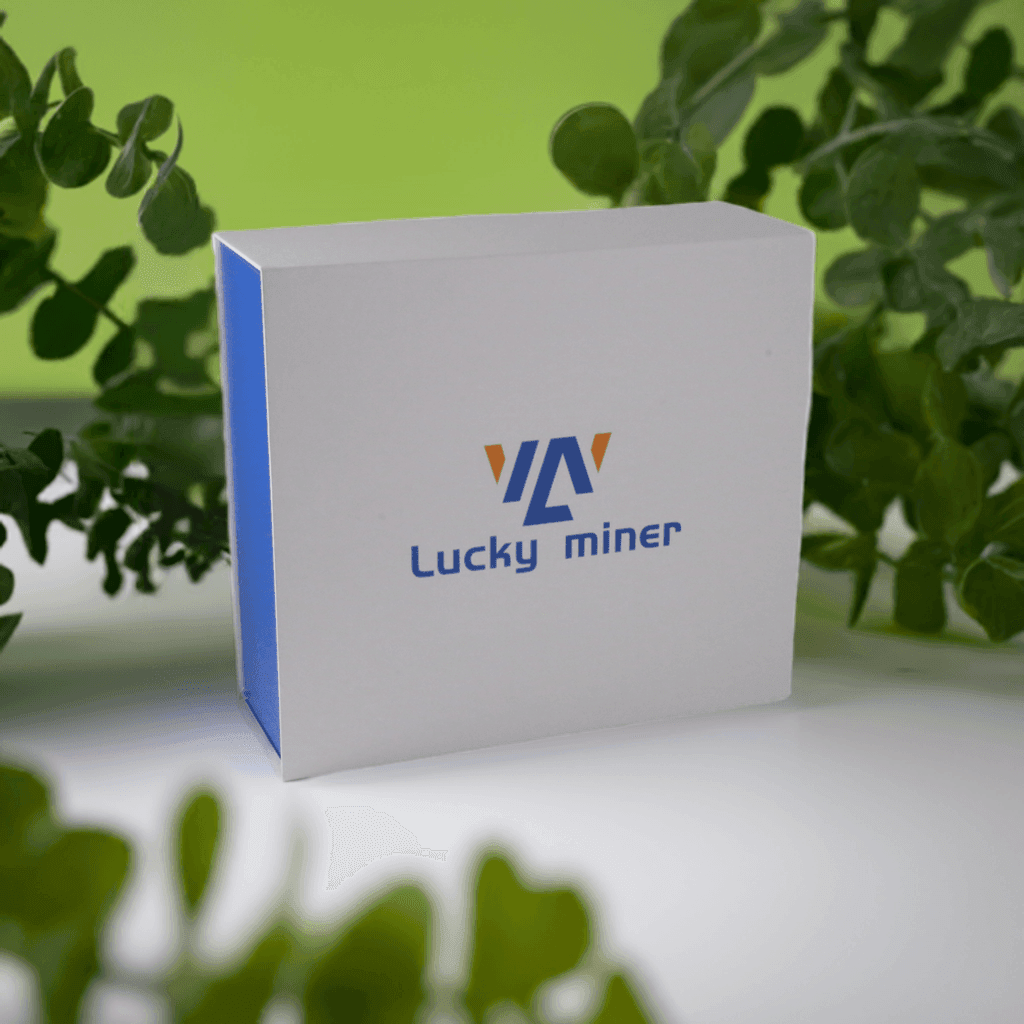
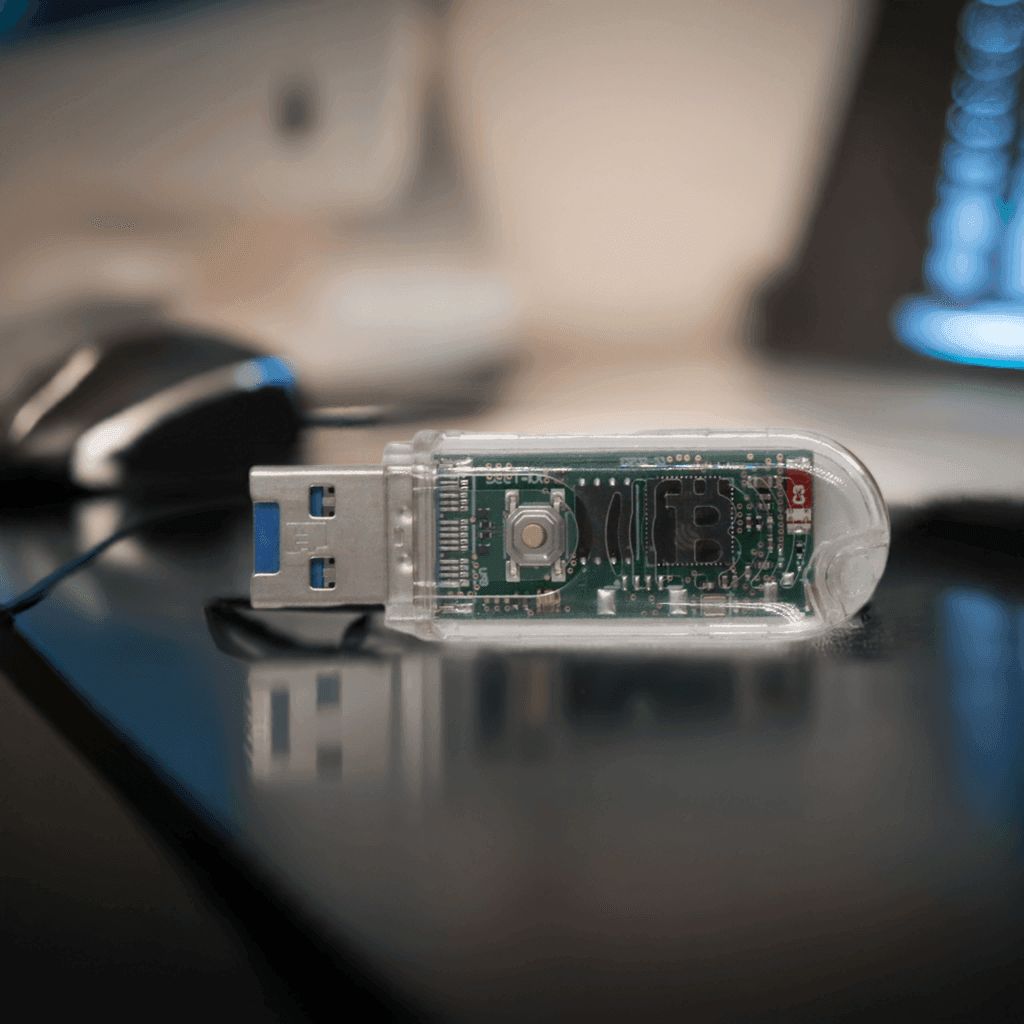
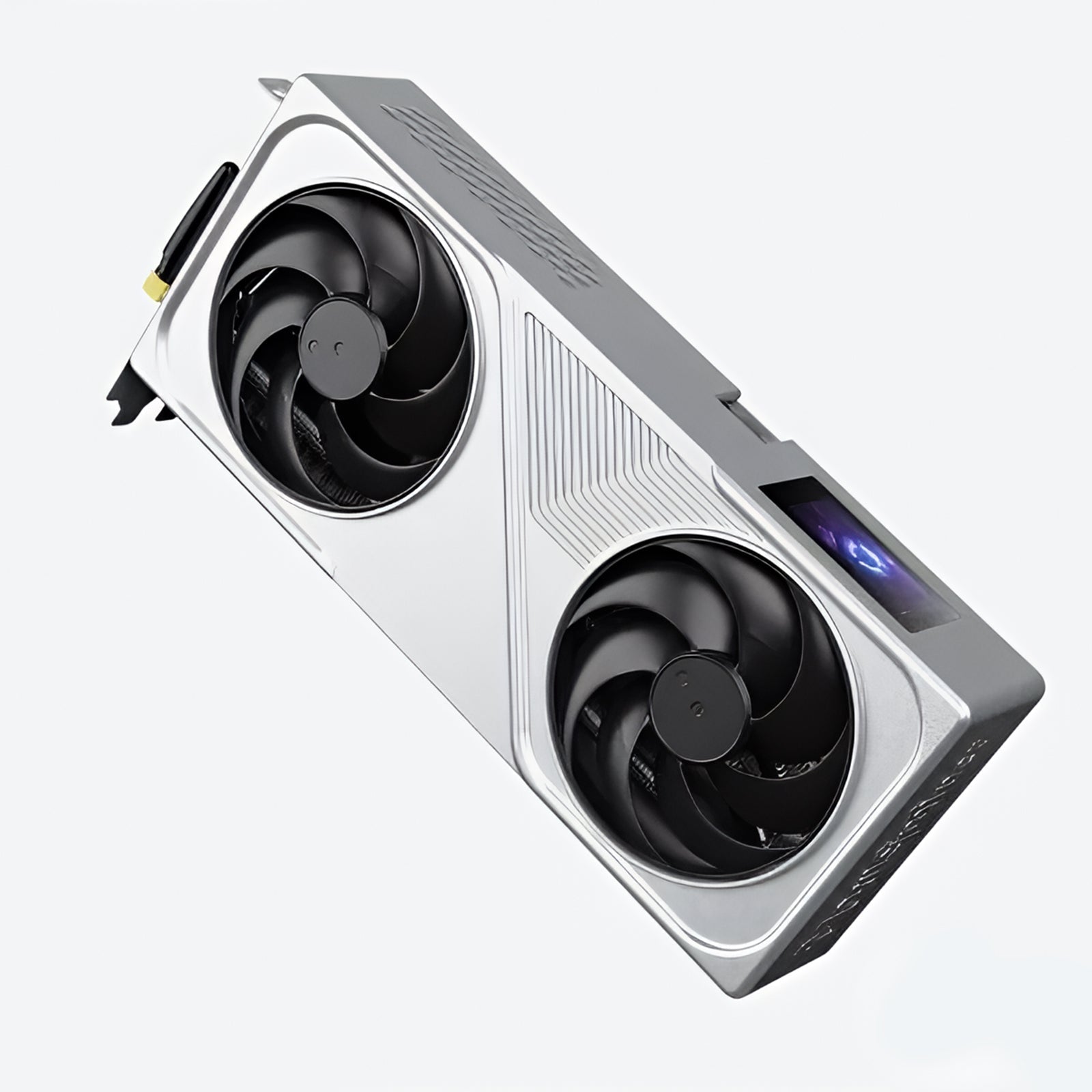

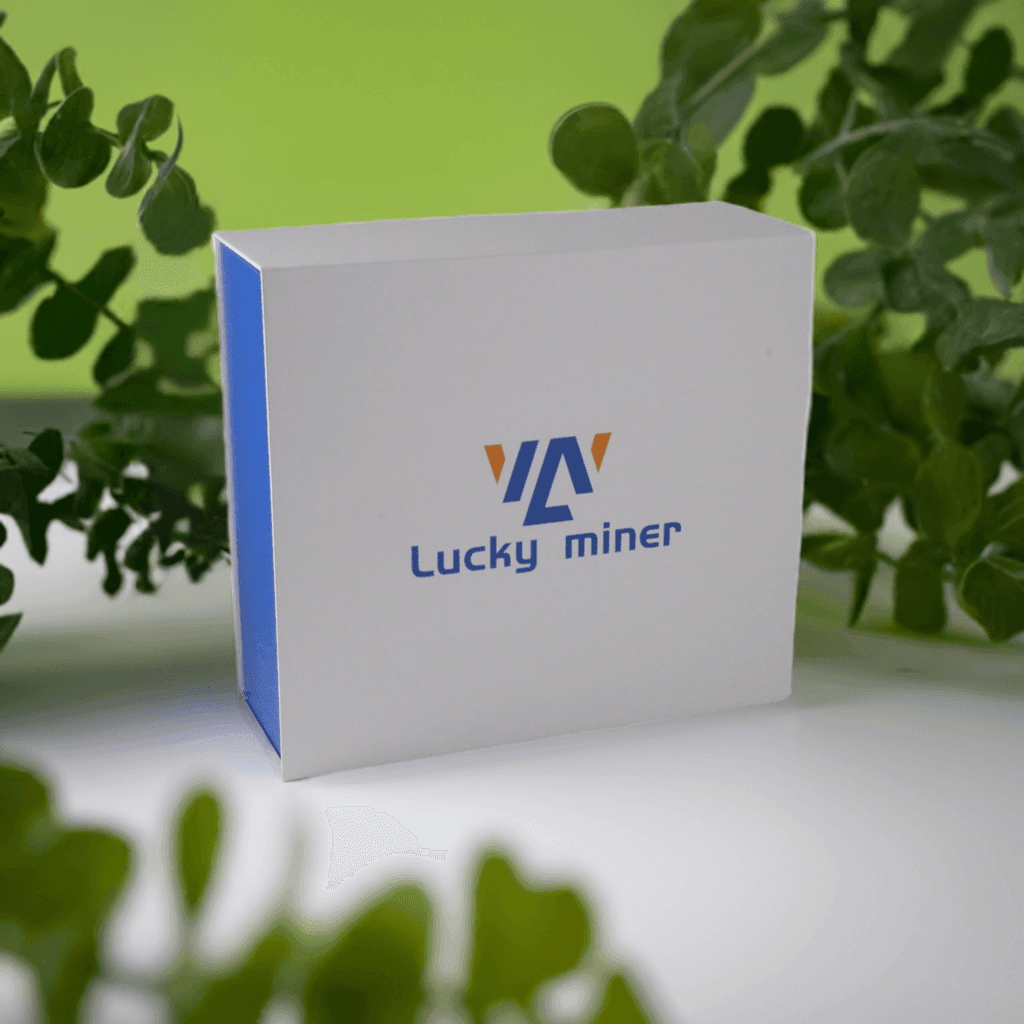

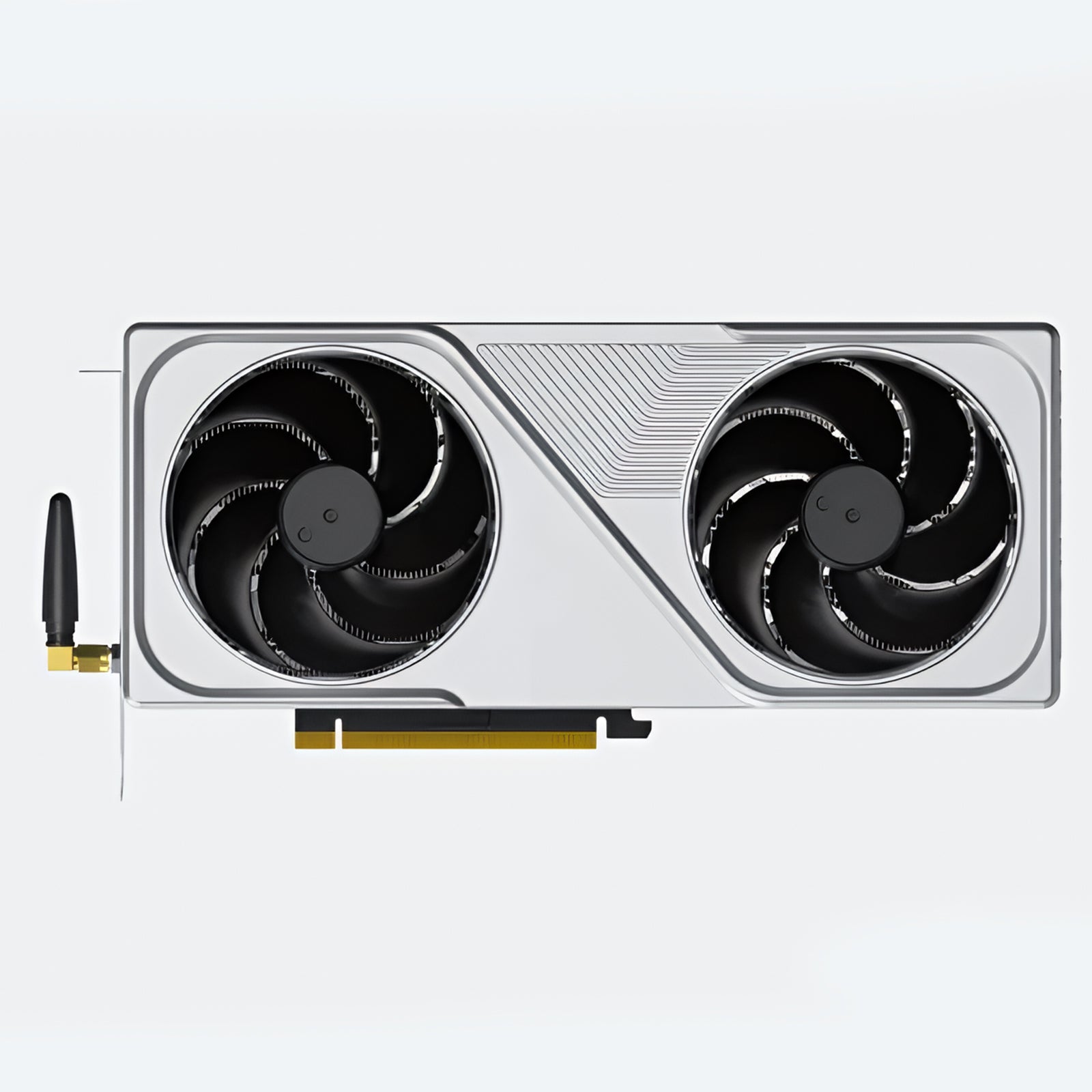


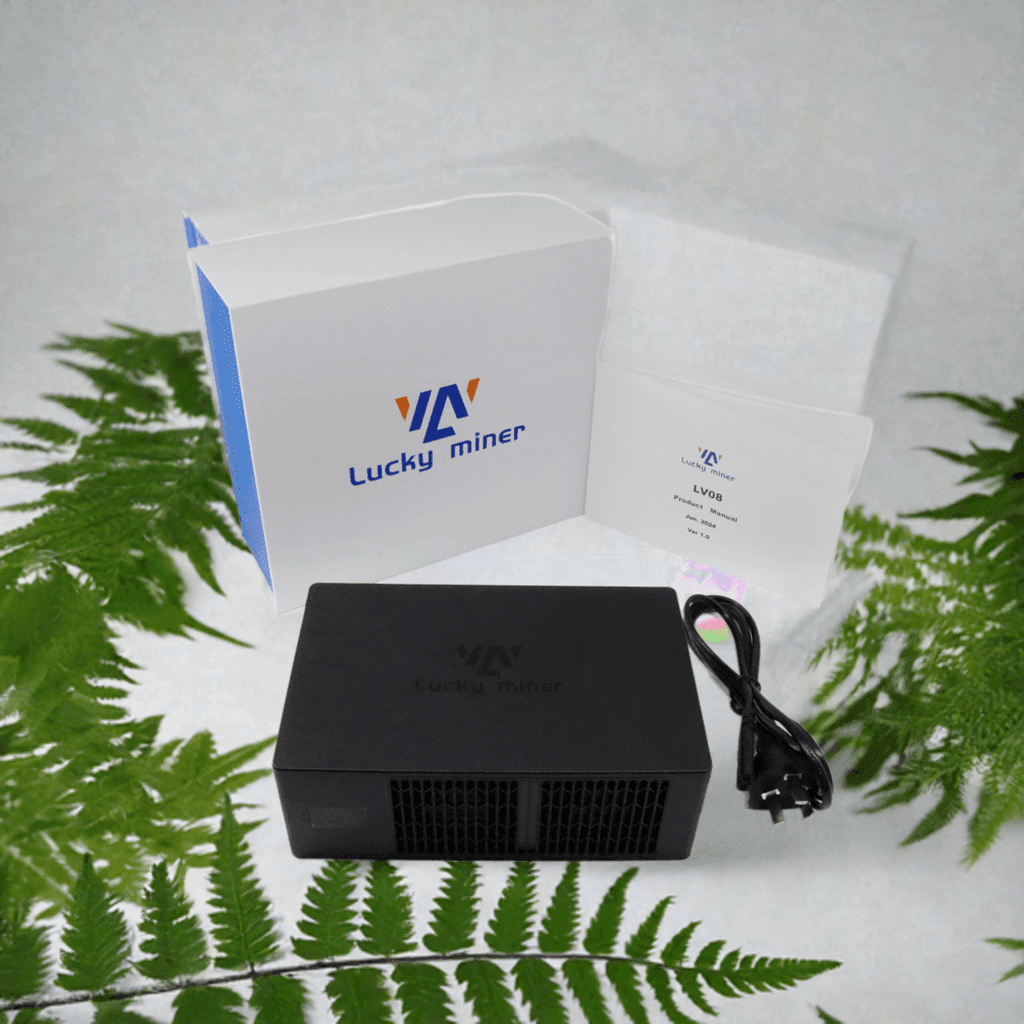
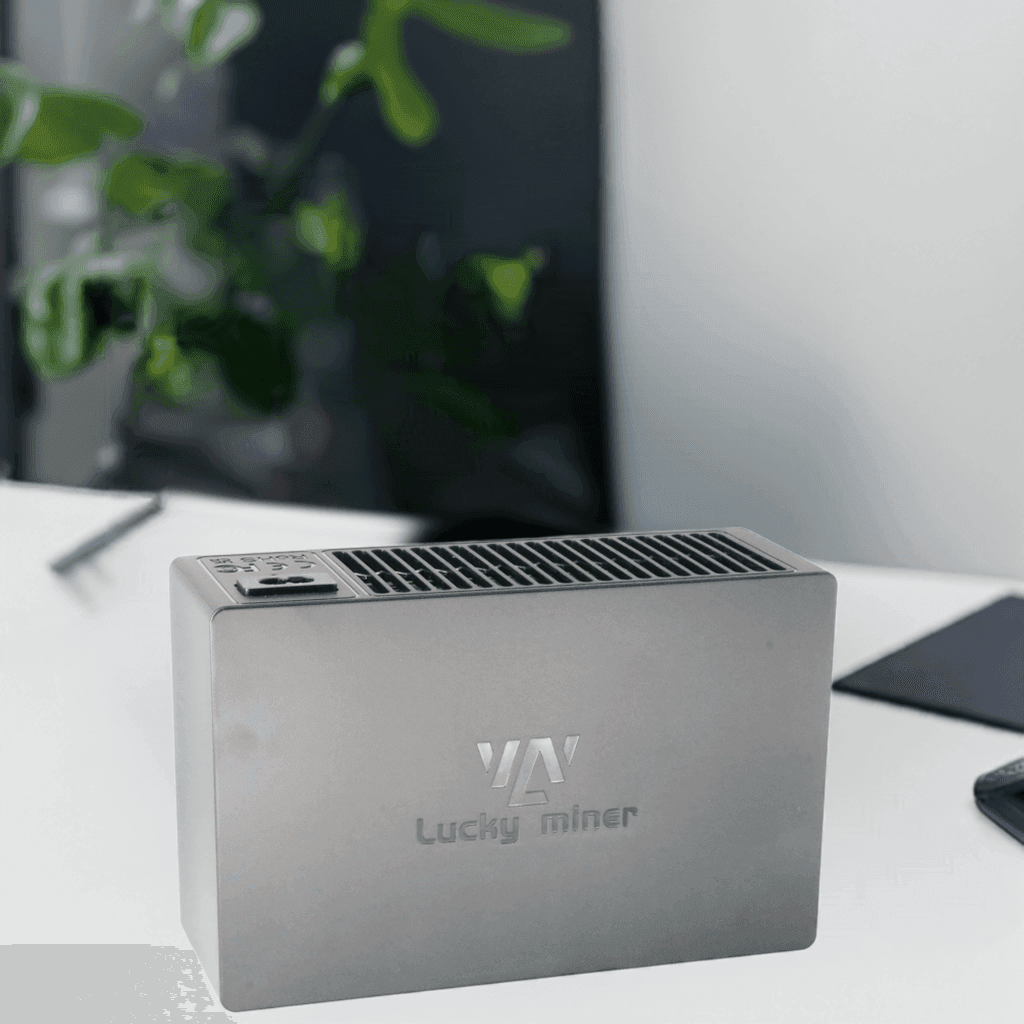

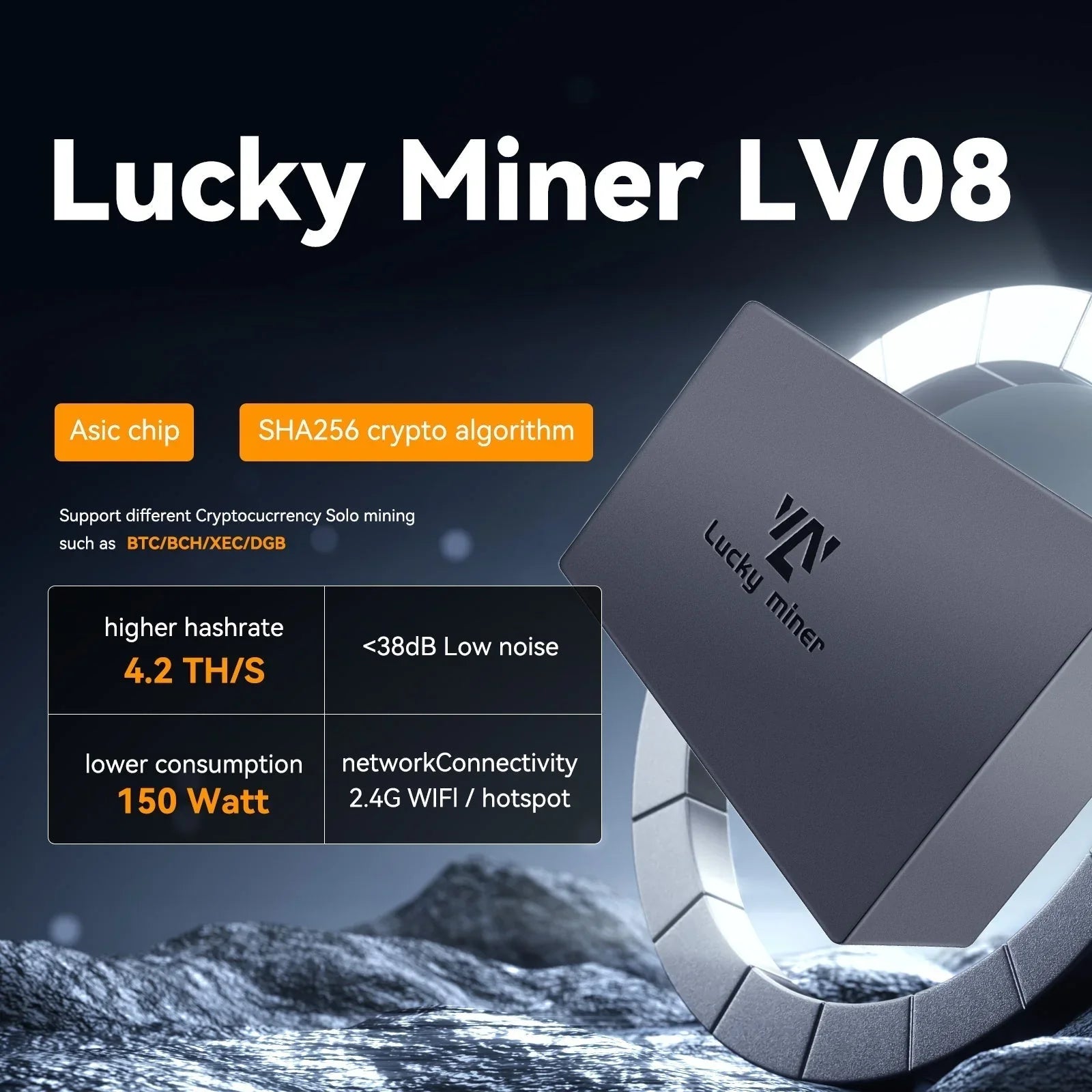
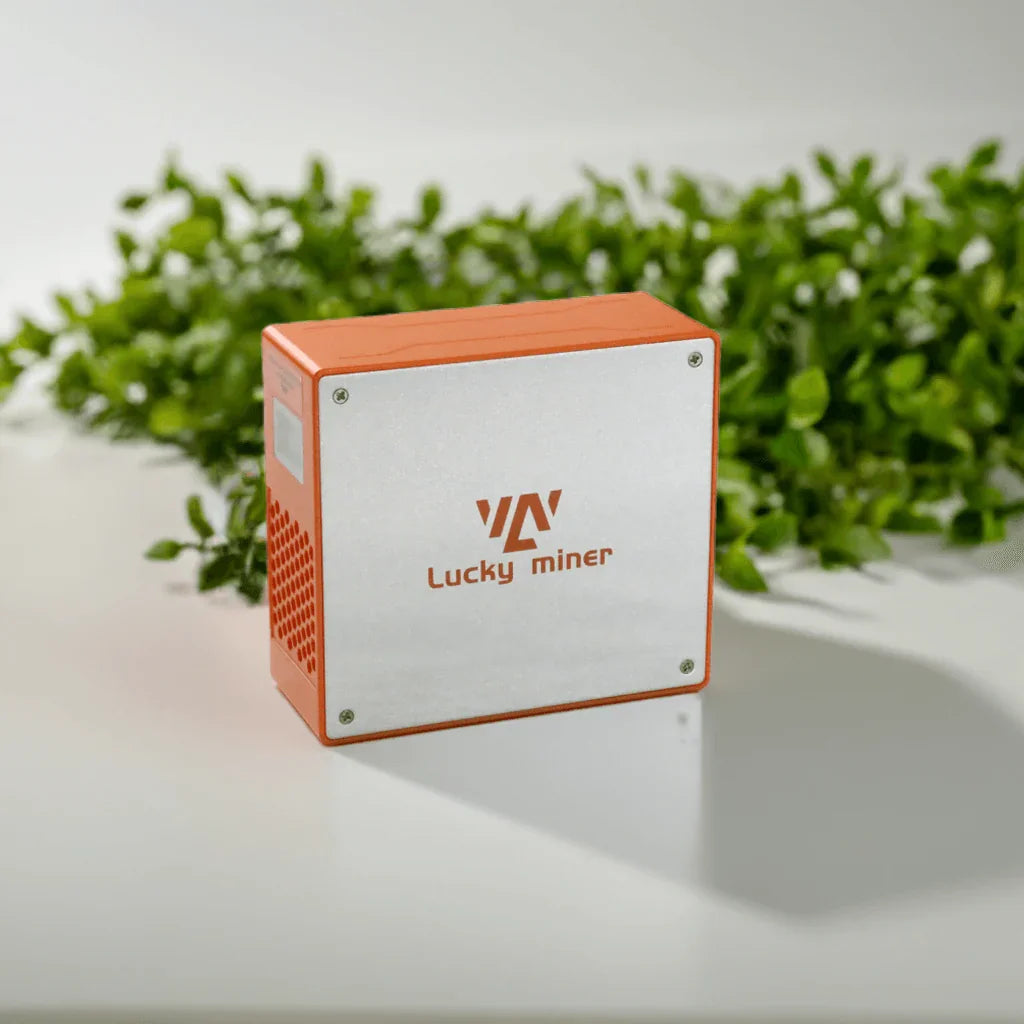
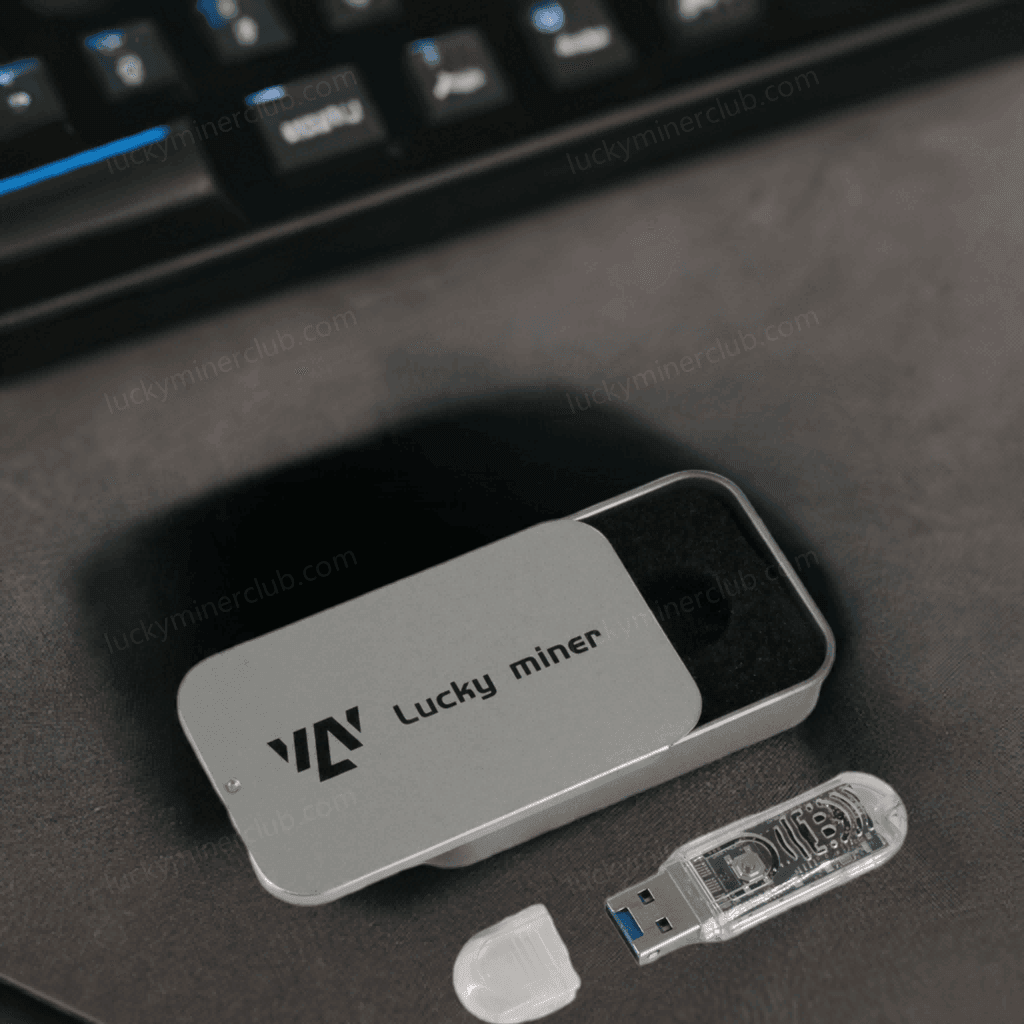
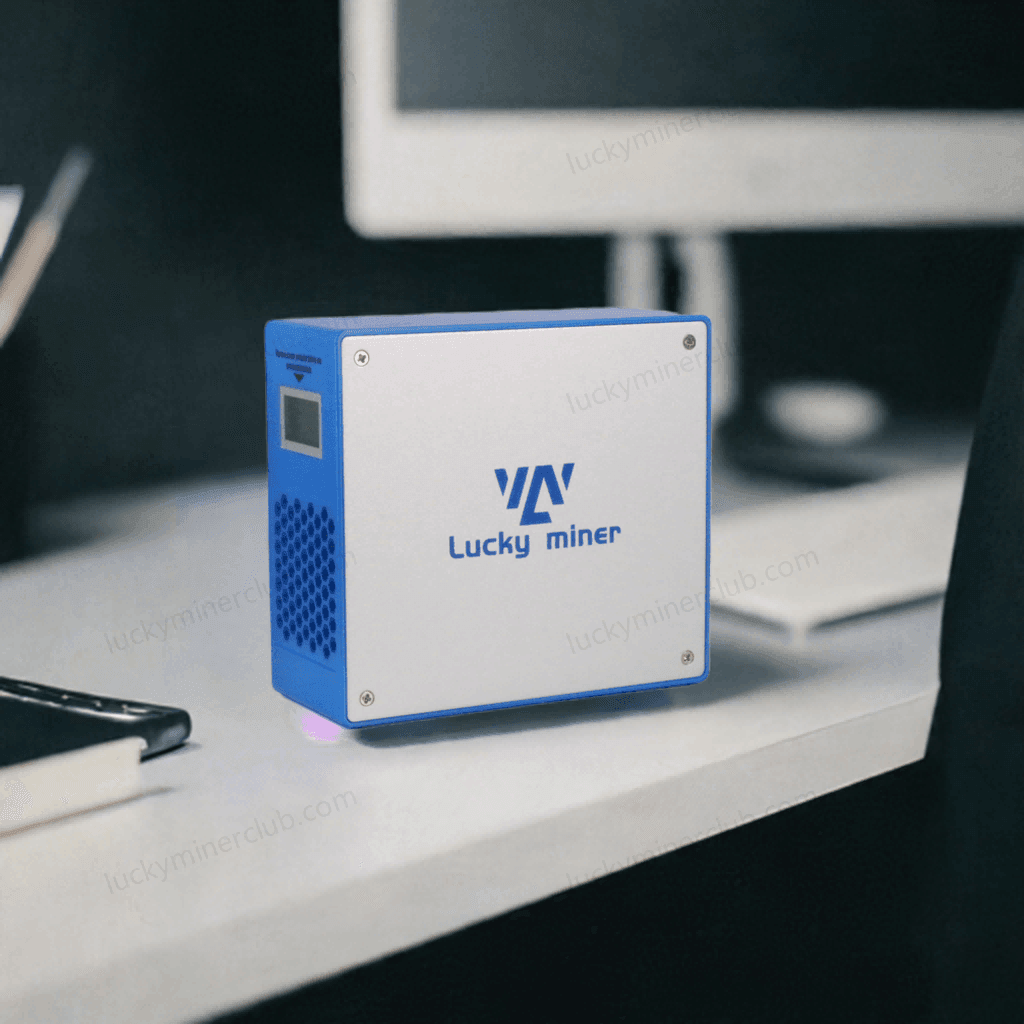
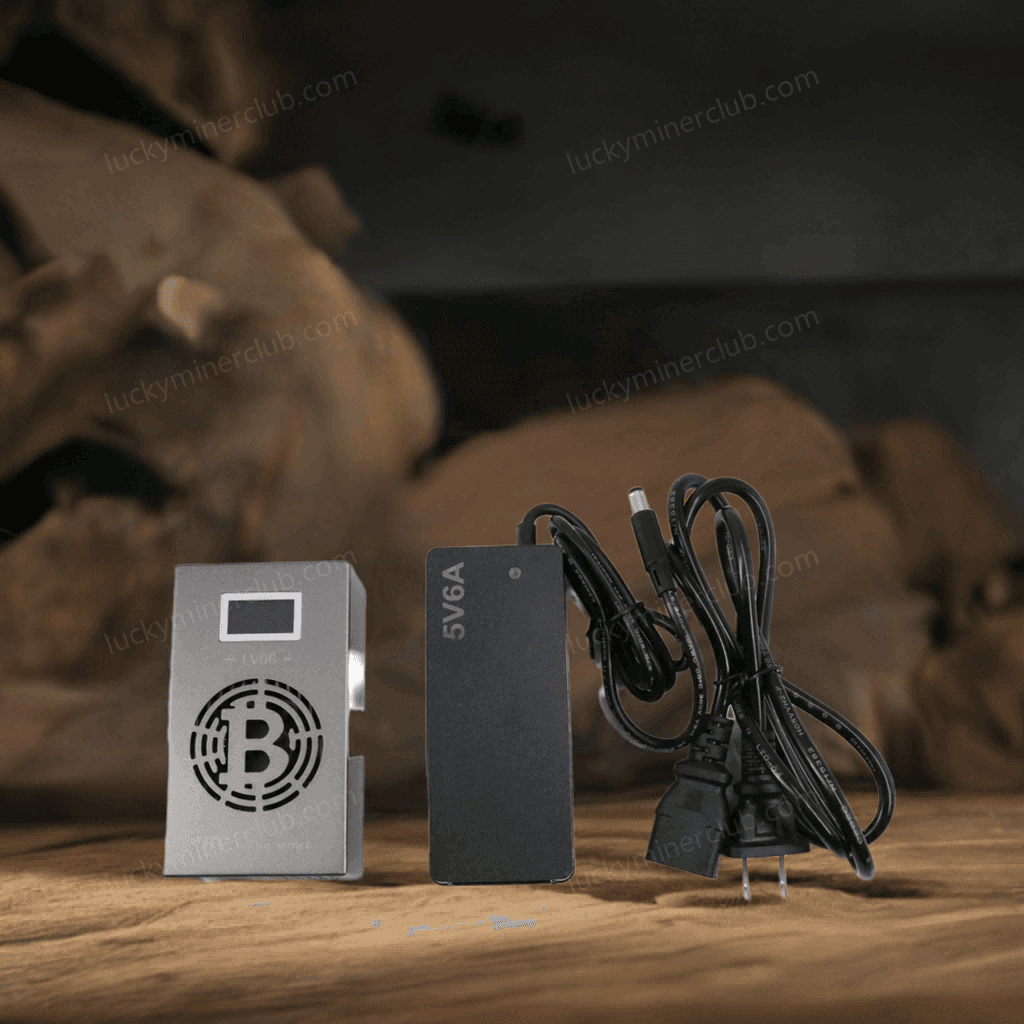

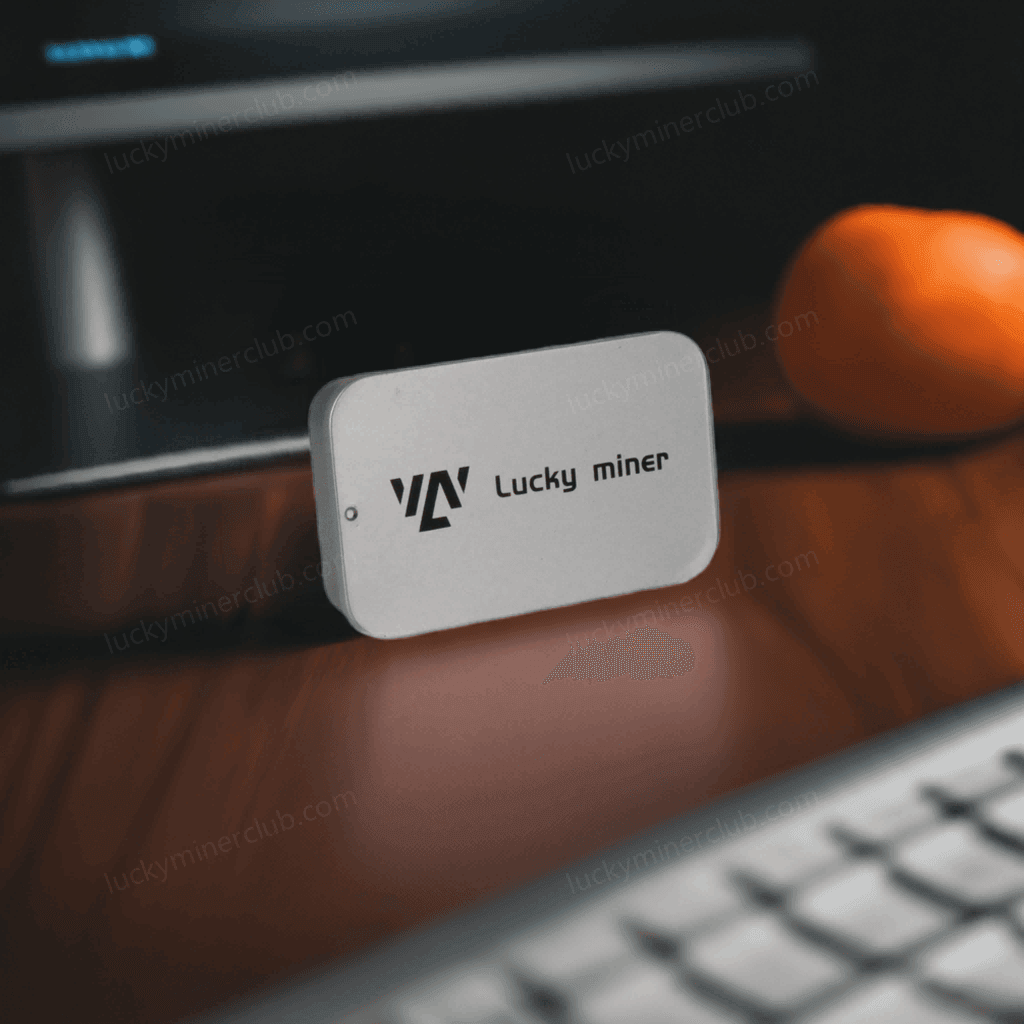
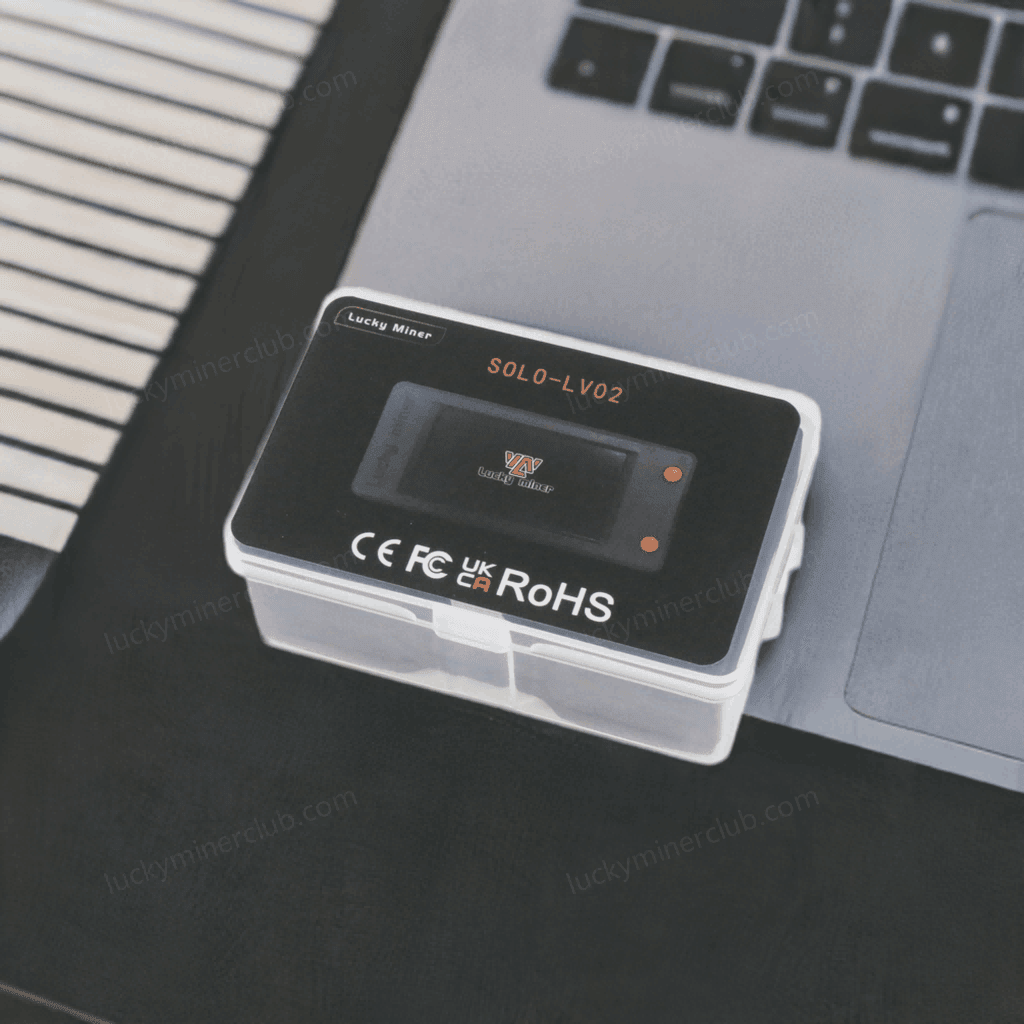
Leave a comment